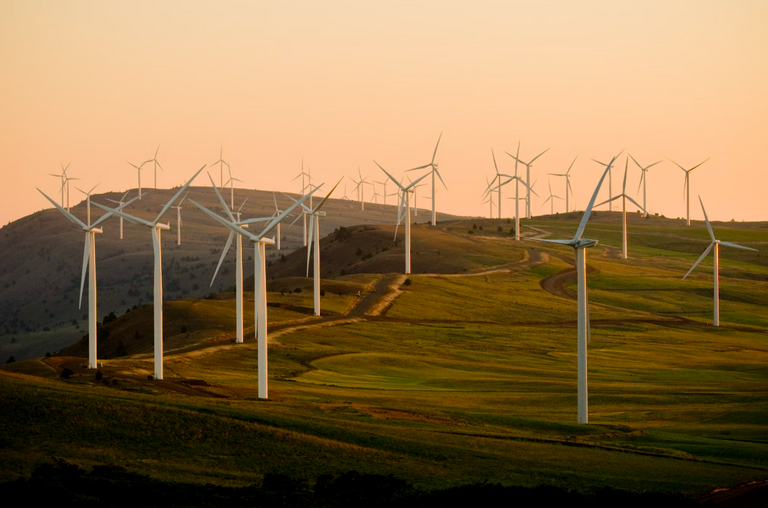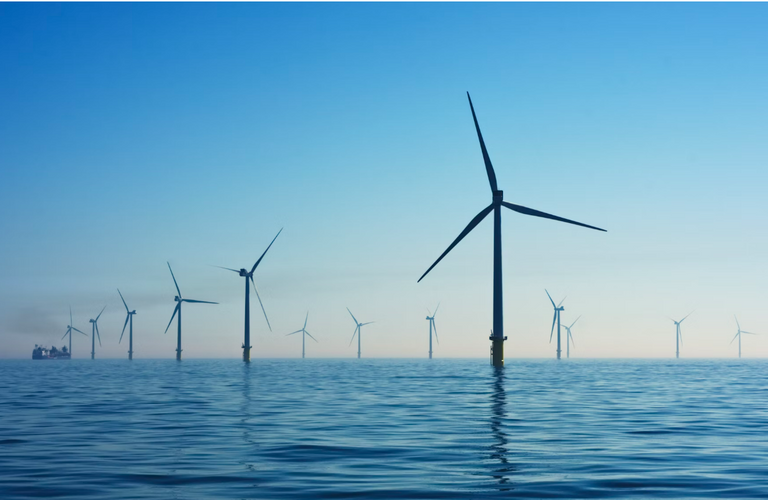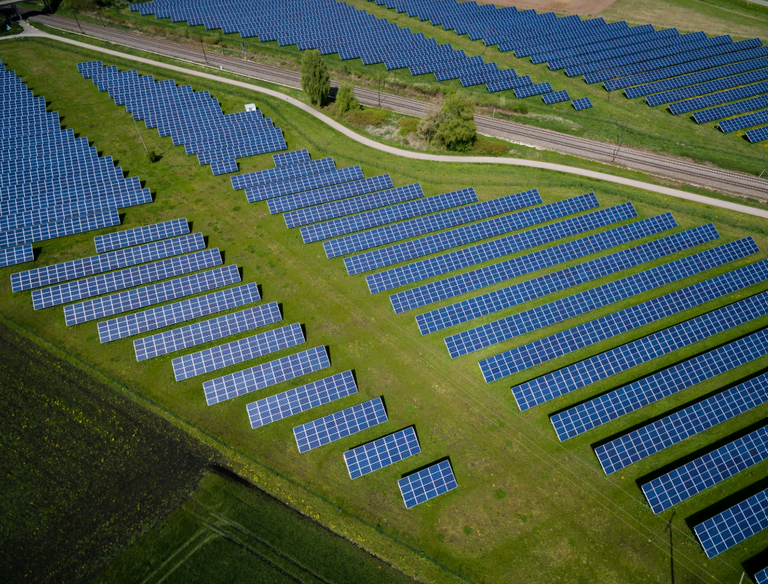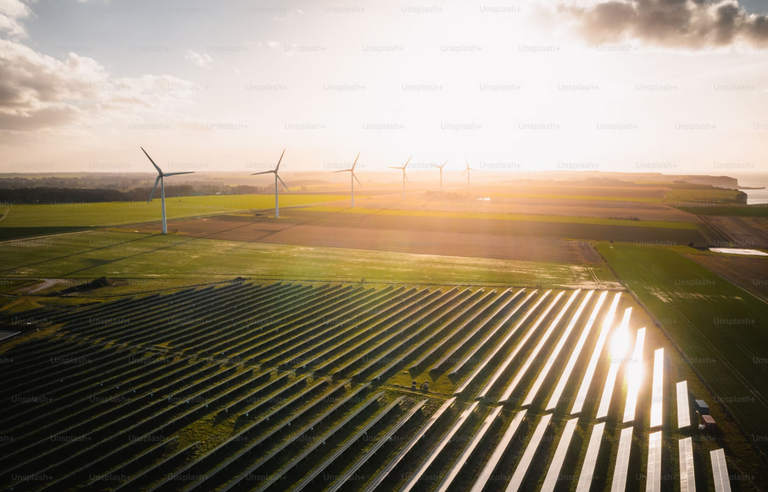As the world faces mounting challenges from climate change and depleting fossil fuels, renewable energy has emerged as a beacon of hope. The shift towards clean, sustainable energy sources is not just a technological advancement but a necessity for our survival. This post explores the history, advancements, and future of renewable energy and how it’s transforming the global energy landscape.
What is Renewable Energy?
Renewable energy comes from natural sources that are replenished constantly, such as sunlight, wind, water, and biomass. Unlike fossil fuels, renewable energy produces little to no greenhouse gas emissions, making it a sustainable solution for powering the planet.
A Brief History of Renewable Energy
- Ancient Times: The earliest forms of renewable energy included windmills for grinding grain and water wheels for irrigation.
- Industrial Revolution: The focus shifted to coal and oil, sidelining renewable energy due to the efficiency of fossil fuels.
- 20th Century: Renewable energy regained attention during the oil crises of the 1970s, sparking innovations in solar and wind technologies.
- 21st Century: With climate change becoming a pressing global issue, governments and industries worldwide have made significant investments in renewable energy.
Types of Renewable Energy Sources
Solar Energy
- How it Works: Solar panels convert sunlight into electricity using photovoltaic (PV) cells.
- Applications: Solar farms, rooftop panels, and solar-powered devices.
- Advancements: The cost of solar panels has dropped significantly, and technologies like solar batteries enable energy storage for nighttime use.
Wind Energy
- How it Works: Wind turbines harness kinetic energy from the wind to generate electricity.
- Applications: Onshore and offshore wind farms.
- Advancements: Larger, more efficient turbines are now capable of generating power even in low-wind conditions.
Hydropower
- How it Works: Water flowing through dams spins turbines to produce electricity.
- Applications: Large-scale dams and micro-hydropower systems for rural areas.
- Challenges: Environmental concerns like habitat disruption have led to innovations in fish-friendly turbines.
Biomass Energy
- How it Works: Organic materials like wood, agricultural waste, and animal manure are burned or converted into biofuels.
- Applications: Heating, electricity, and transportation fuels like ethanol and biodiesel.
Geothermal Energy
- How it Works: Heat from the Earth’s core is used to generate electricity or provide direct heating.
- Applications: Geothermal power plants and ground-source heat pumps.
The Benefits of Renewable Energy
- Environmental Sustainability: Minimal carbon emissions reduce the impact of climate change.
- Energy Security: Reducing dependence on imported fossil fuels strengthens energy independence.
- Economic Growth: The renewable energy sector has created millions of jobs in manufacturing, installation, and maintenance.
- Scalability: Renewable technologies can be implemented at small or large scales, from individual homes to entire cities.
Challenges in Adopting Renewable Energy
- Intermittency: Solar and wind energy depend on weather conditions, necessitating reliable storage solutions.
- Infrastructure: Transitioning from fossil fuels requires significant upgrades to energy grids.
- High Initial Costs: Although costs have decreased, the upfront investment in renewable infrastructure remains a barrier for some regions.
- Land Use: Large-scale projects like wind farms and solar arrays require substantial land, leading to potential conflicts over land use.
The Role of Technology in Renewable Energy
Energy Storage
- Breakthroughs in battery technology, such as lithium-ion and solid-state batteries, are enabling the efficient storage of solar and wind power.
- Innovations like gravity-based storage and hydrogen fuel cells are also gaining traction.
Smart Grids
- AI and IoT (Internet of Things) are revolutionizing energy distribution by enabling smart grids that optimize energy flow and reduce waste.
Carbon Capture
- Technologies that capture and store CO2 from industrial processes complement renewable energy efforts by reducing emissions from existing power plants.
The Future of Renewable Energy
Global Transition
- Countries are committing to renewable energy targets. For example, the EU aims to achieve 45% renewable energy by 2030, while India is working towards 500 GW of renewable capacity by 2030.
Emerging Technologies
- Floating solar farms, wave energy, and advanced nuclear reactors (fusion energy) could further diversify the renewable energy mix.
Decentralized Energy Systems
- The rise of microgrids and community solar projects will empower individuals and small communities to generate their own energy.
Policy Support
- Governments are implementing subsidies, tax incentives, and stricter carbon regulations to accelerate the transition.
Conclusion
Renewable energy is no longer a futuristic dream but a necessity for addressing the twin challenges of climate change and energy security. While challenges persist, technological advancements and global cooperation are paving the way for a sustainable, renewable-powered future. Embracing this transition is not just an opportunity but a responsibility to ensure a cleaner, greener planet for generations to come.



